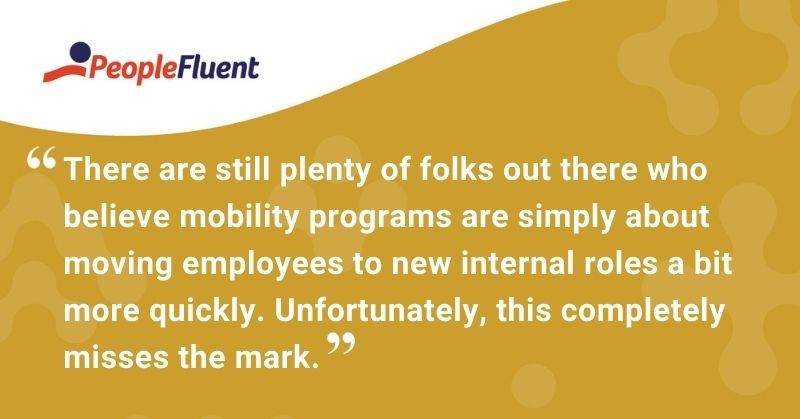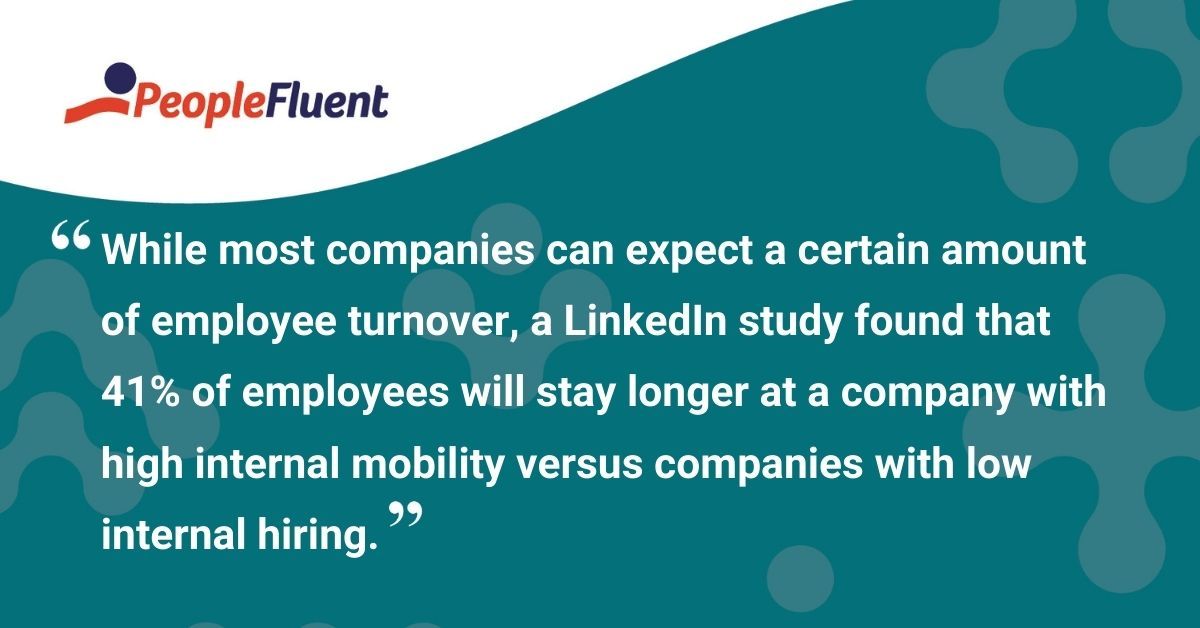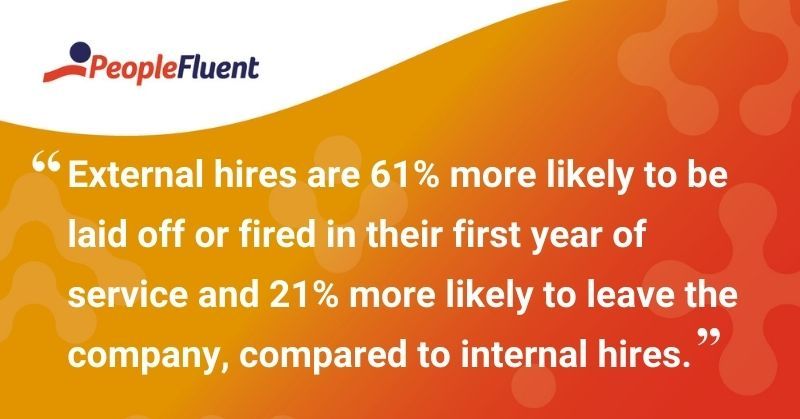Published: Nov 13, 2020Time to read: 5mins Category: Insights
What Is Talent Mobility? Plus, What It’s Not!
Table of Contents
For most HR professionals, it might feel like all you hear about these days is talent mobility. Talent development and career pathing were fairly hot topics prior to the pandemic. They’ve now become even more paramount as organizations freeze hiring and shift their attention to better understand their internal talent.
With all that buzz out there, it may be helpful to understand what talent mobility is and how to identify the processes and tools that support its overall goal (more on that later!). At the end of this post, I’ll touch on how enterprise companies can benefit from understanding and leveraging a talent mobility strategy. Before we dive into the deeper buyer’s guide, let’s start with a clear definition:
What Is Talent Mobility?
Talent mobility encompasses your organization's ability to quickly understand the skills, experiences, and career interests of your employees. The overarching goal of this is to move employees into new roles internally, where existing skills can be sharpened and new skills can be developed.
However, there are still plenty of folks out there who believe mobility programs are simply about moving employees to new internal roles a bit more quickly. As a matter of fact, you’ll find dozens of existing and new vendors re-purposing their external candidate recruitment matching algorithms and applying them for internal employees.
Unfortunately, this completely misses the mark.
Internal job matching is merely one aspect of talent mobility and can often increase turnover if there aren’t any available openings. Employees don’t just want another enhanced career site or a basic job board with a list of random job recommendations. Instead, what they want is a re-imagined, end-to-end experience that helps them plan and manage their personal journey with your company.

Related reading: ‘Rise of the Modern Talent Journey: Mapping the New Employee Experience’
How to Develop a Strategic Approach to Talent Mobility
A critical yet often overlooked aspect of the talent mobility process is the employees’ individual career goals and aspirations. Modern-day talent management best practices allow employees to proactively specify which career paths and internal roles they’re interested in while also identifying the associated skills they’d like to be developing.
To further help employees develop skills and prepare for future aspirational roles, many organizations have now started to create internal talent marketplaces which allow employees to participate in projects, mentorships, and learning engagements.
Ultimately, talent mobility is about creating a culture of skills development and allowing it to create a domino effect across the organization. The end-goal is to facilitate an agile and future-proof workforce.
Benefits of Leveraging a Talent Mobility Strategy
High performing, competitive organizations have recognized and accepted that we live and work in an increasingly fast-paced world.
It’s one where workers are interested in upskilling or reskilling themselves, and new skills are being developed within 6-12 months for specific roles and industries. This calls for workers and organizations alike to become more agile in terms of how to grow and develop their careers.
However, analysts believe that automation can also help HR professionals breathe new life into their organizations. For example, automating a majority of the administrative or other daily tasks would give talent professionals more time to focus on initiatives that create unique work environments, like pulse surveys, Employee Resource Groups, and Diversity and Inclusion training.

While I believe the benefits of such a strategy are endless, here are a few for your consideration:
1) Reduction in Turnover Costs
When an experienced employee leaves, organizations are faced with a loss of productivity, institutional knowledge, and client relationships. Not to mention, the costs incurred by recruiting and training a replacement.
These costs can vary based on industry, size of organization, and position.
However, Deloitte found that the departure of an average US employee earning an annual salary of $130,000 results in a loss of $109,676—accounting for the lost productivity and the subsequent cost of recruiting and training a new hire.
While most companies can expect a certain amount of employee turnover for various reasons, LinkedIn found that 41% of employees will stay longer at a company with high internal mobility versus companies with low internal hiring.
2) Higher Employee Engagement
Companies that offer on-the-job development opportunities, like lateral moves or stretch assignments, can increase employee engagement by 30%. During times of extended remote work, this is a serious concern for enterprise companies looking to keep workers engaged and productive.
By allowing people to take ownership of and develop their own careers, organizations can create relationships that tie a worker’s long-term goals with the organization’s objectives and performance.
As one progresses, so should the other.

3) Overall Improvement to Productivity and Satisfaction
External hires are 61% more likely to be laid off or fired in their first year of service and 21% more likely to leave the company (compared to internal hires). When surveyed for the 2019 Global Human Capital Trends report by Deloitte, over 50% of respondents stated it was easier for employees to find a job outside their organization than inside.
Organizations that focus on promoting from within are 32% more likely to be satisfied with the quality of their new hires. This is due to the fact that it takes two years for an external hire’s performance reviews to reach the same level as those of an internal hire. Internal promotions can boost employee motivation and morale, leading to higher productivity across individual teams as well as the entire business.
For more info about how talent mobility can help supercharge talent development initiatives at your organization, click here to download the product sheet.
Ready To Start Opening Doors for Your Employees?
Get started today by providing your employees with a personalized approach to career development.